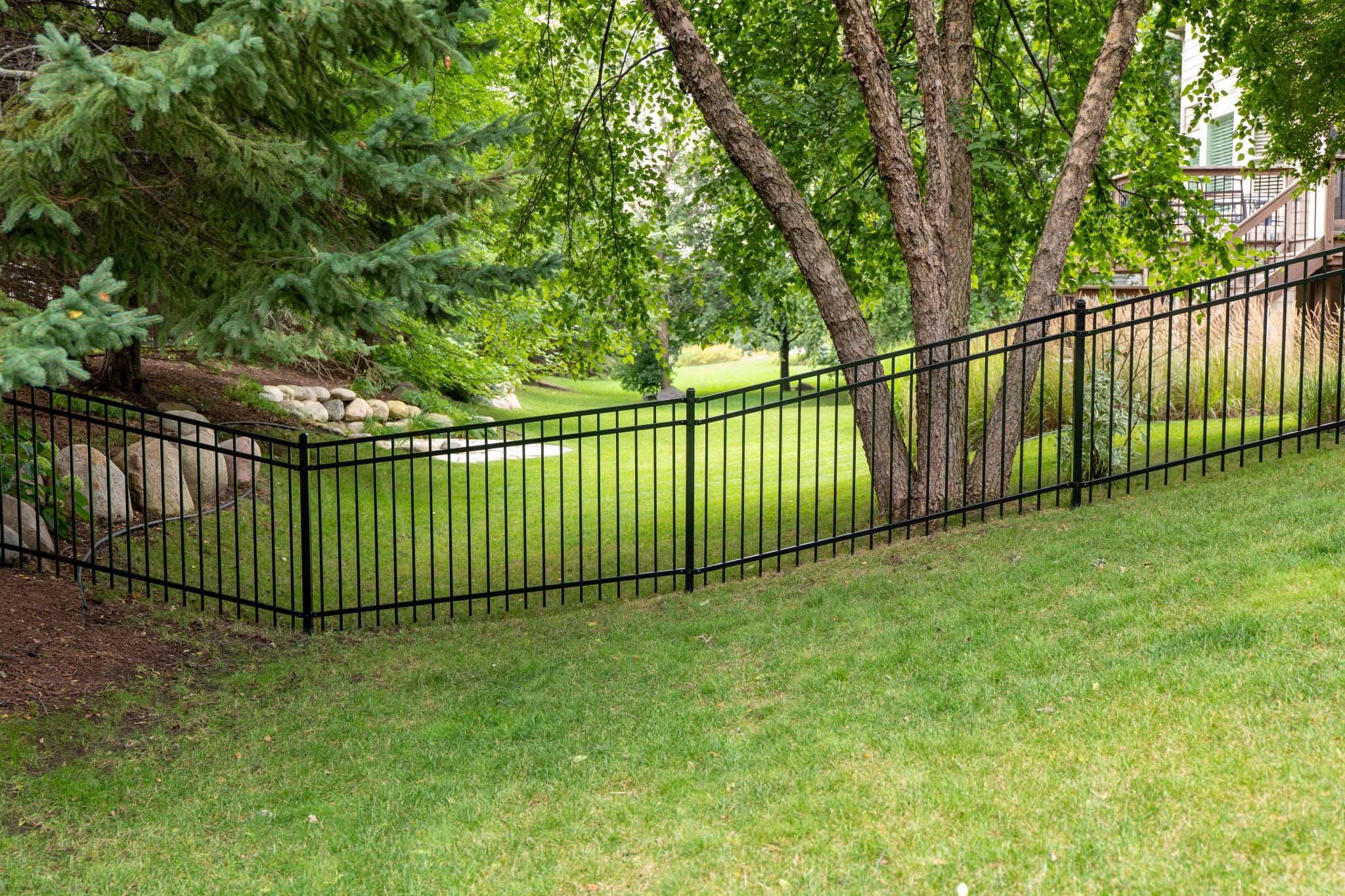How To Maximize Space In Small Rooms
Introduction
It’s not always the case that you have enough space in small rooms. You may have to make do with what you have, but you can create more space in small rooms if you use your brain.
We’ve put together some ideas on how to maximize space in small rooms using vertical storage solutions, furniture placement, and empty spaces filled with hanging shelves and cabinets.
Use Vertical Space
- Use the space above and below your furniture. This can be done with shelves, drawers, or even a hutch.
- Use the space on the sides of your room. You could add another piece of furniture or install shelving there to make use of this area as well.
- Use the space in your closet. Install shelves and rods that can be used for clothes storage inside them so they don’t take up any floor space when not being used!
- Under beds are often forgotten about but they make great hiding places for extra items such as boxes filled with toys from childhood that you don’t want to get rid of yet! They also provide great opportunities for storage underneath them if there isn’t already enough room under there already (like most kids’ rooms). Just remember though: Don’t ever sleep directly on top of them because it could collapse when weight is added onto it over time due largely due poor construction practices back then (and sometimes still today).
Place Furniture in the Right Spot
- Don’t place furniture in the middle of the room.
- Don’t place furniture against a wall.
- Don’t place furniture up against a door.
- Don’t place furniture too close to the ceiling or floor, as this will make it difficult for you to move around and access items on top of them later on if needed (such as bedding or blankets).
Fill Empty Spaces
- Use every inch of space. You may be able to fit more than one piece of furniture in a small room, but you’ll need to make sure that they complement each other. For example, if you have the space for two end tables and an ottoman or bench seat, consider using them all! The ottoman can double as storage space for books or magazines (and maybe even a small TV).
- Consider using hidden storage furniture. A large armoire with doors that hide clothing inside is perfect for storing bedding and linens when guests aren’t visiting; just close them up when company comes over so they don’t see how messy your bedroom really is!
Utilize Hanging Shelves and Cabinets
If you’re short on space, hanging shelves and cabinets are a great way to maximize your storage.
- Hang a shelf above your bed. If there’s room above your headboard (and it’s not blocking any windows), consider hanging a shelf there. This can be used for storing books, decorative items or even as extra storage space for clothes.
- Hang shelves above desktops or tables in the living room or bedroom where they are easily accessible by children without taking up too much floor space themselves!
- Hanging cabinets are great when there isn’t enough room for traditional sized ones; try putting one in an alcove behind furniture where no one will see it but still have easy access when needed!
Creating more space in small rooms is possible if you use your brain.
When you’re working with a small space, it’s easy to get discouraged. But creating more space in small rooms is possible if you use your brain.
Here are some tips for maximizing vertical space:
- Use tall furniture pieces instead of short ones. A tall dresser or bookshelf will take up more floor space than a shorter one would, but it will also create an illusion of depth and make the room appear larger.
- Place furniture in the right spot so that its proportions work with each other (for example, aligning two chairs against a wall at equal distances from each other). This makes everything look balanced–and keeps people from tripping over them!
Conclusion
With some careful planning and smart design, you can create more space in your small rooms. Take a look at the tips above, and see what works best for your space.


